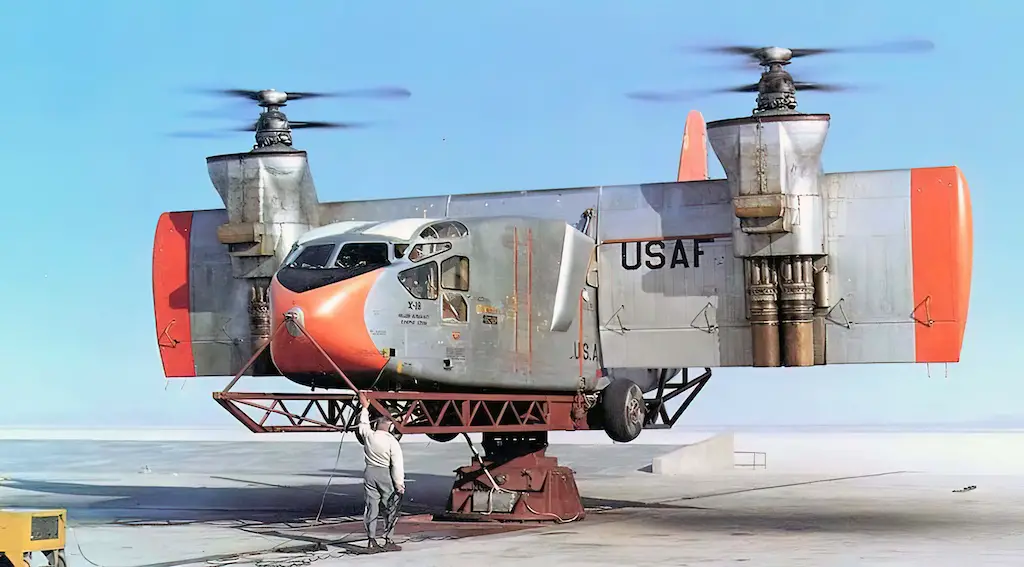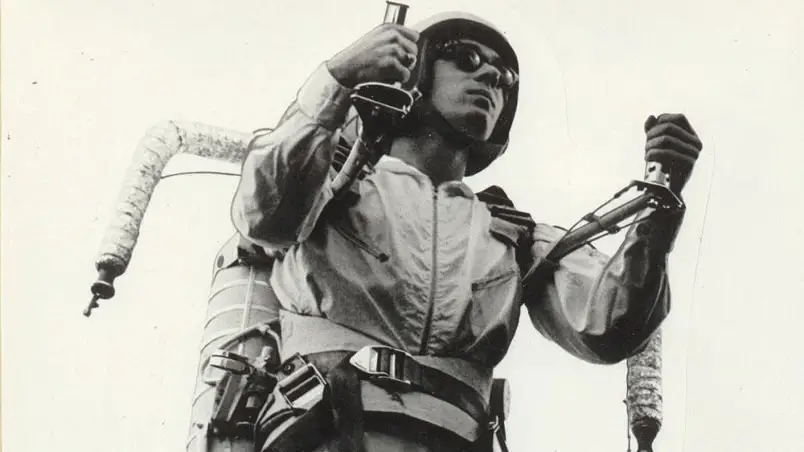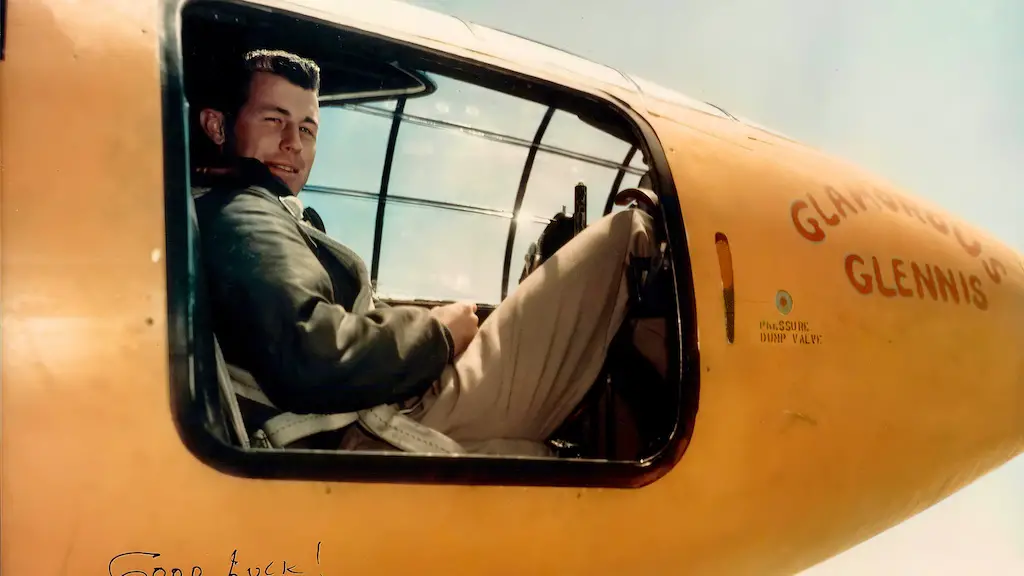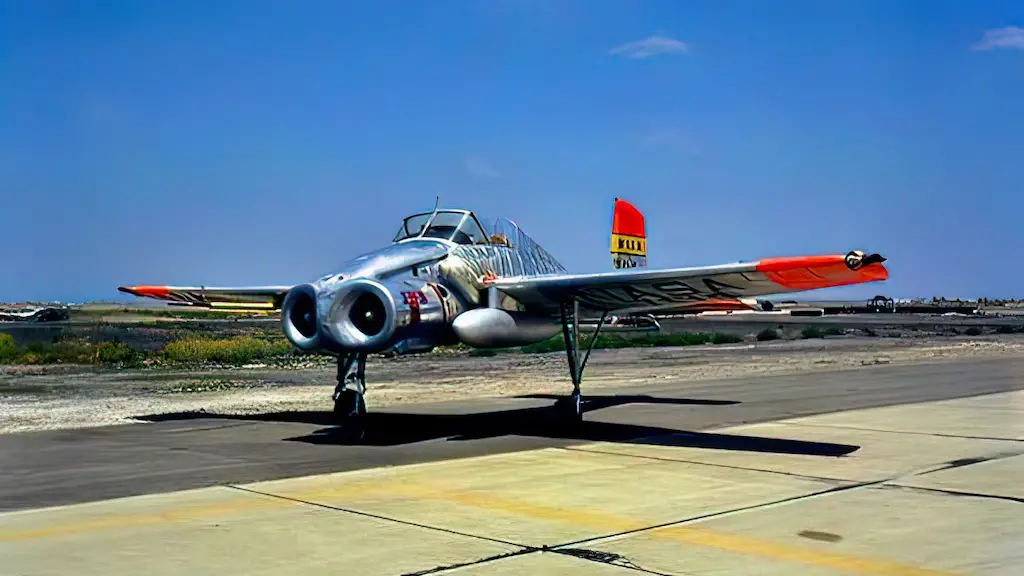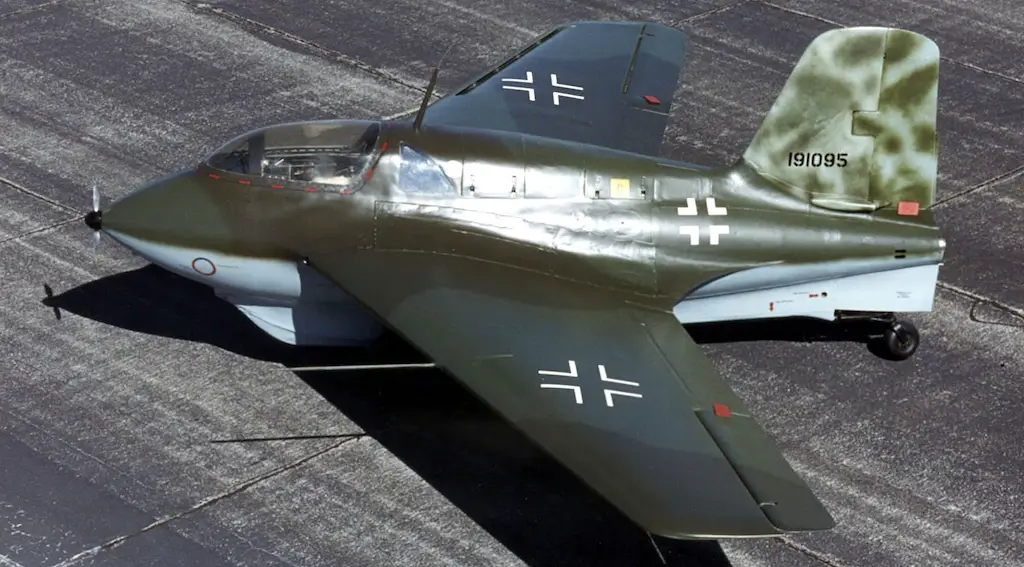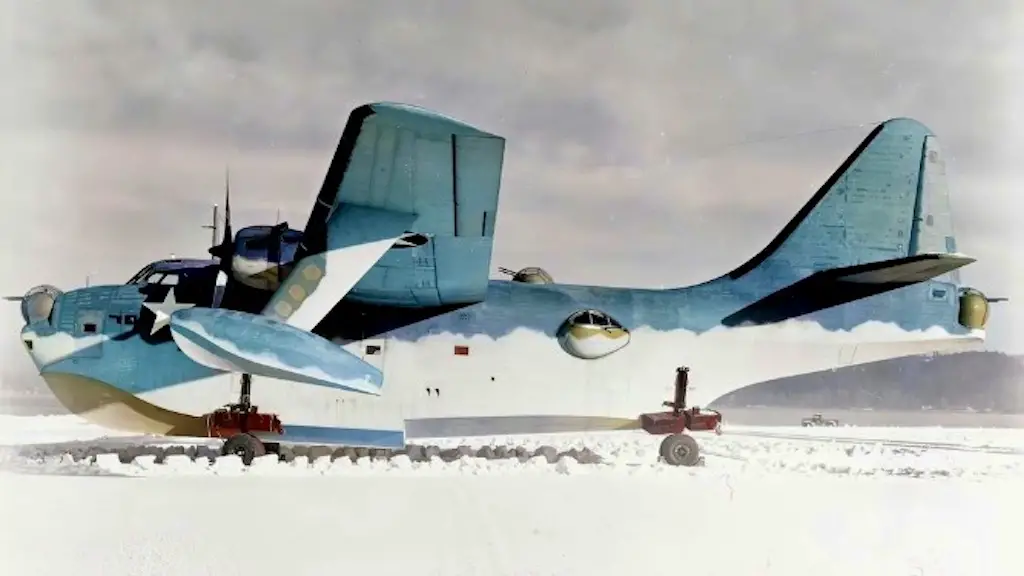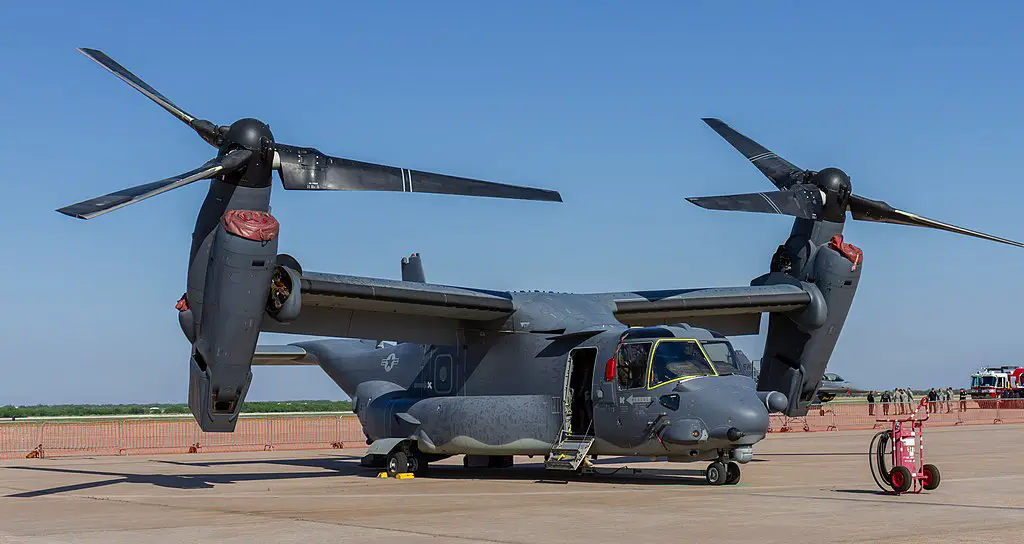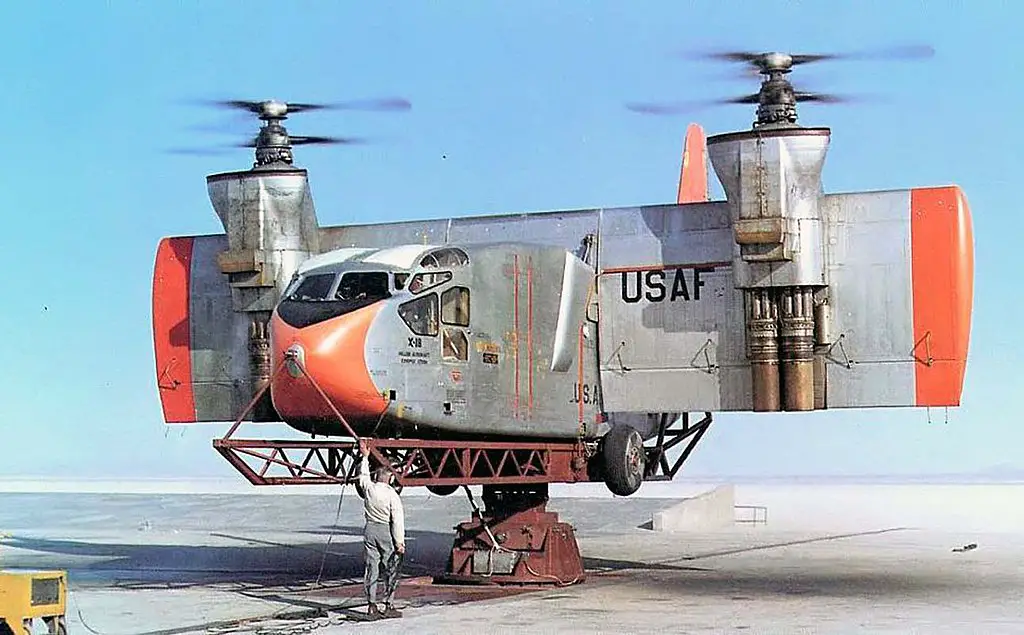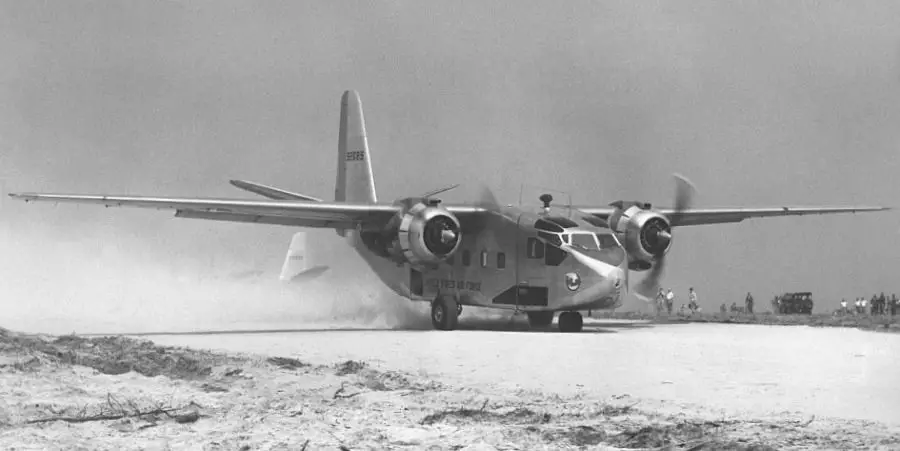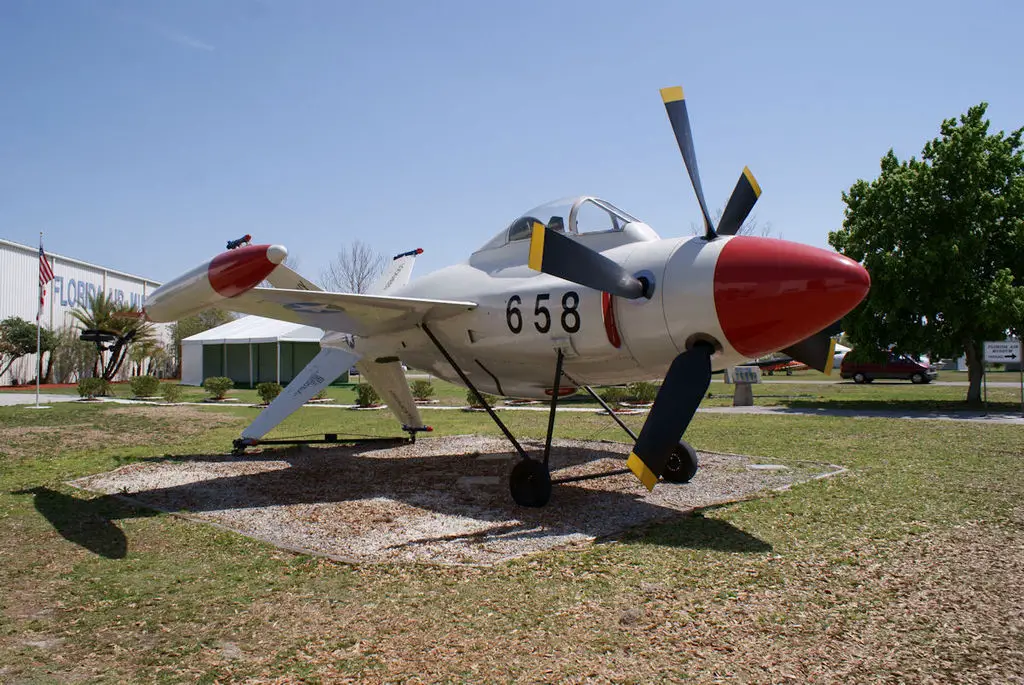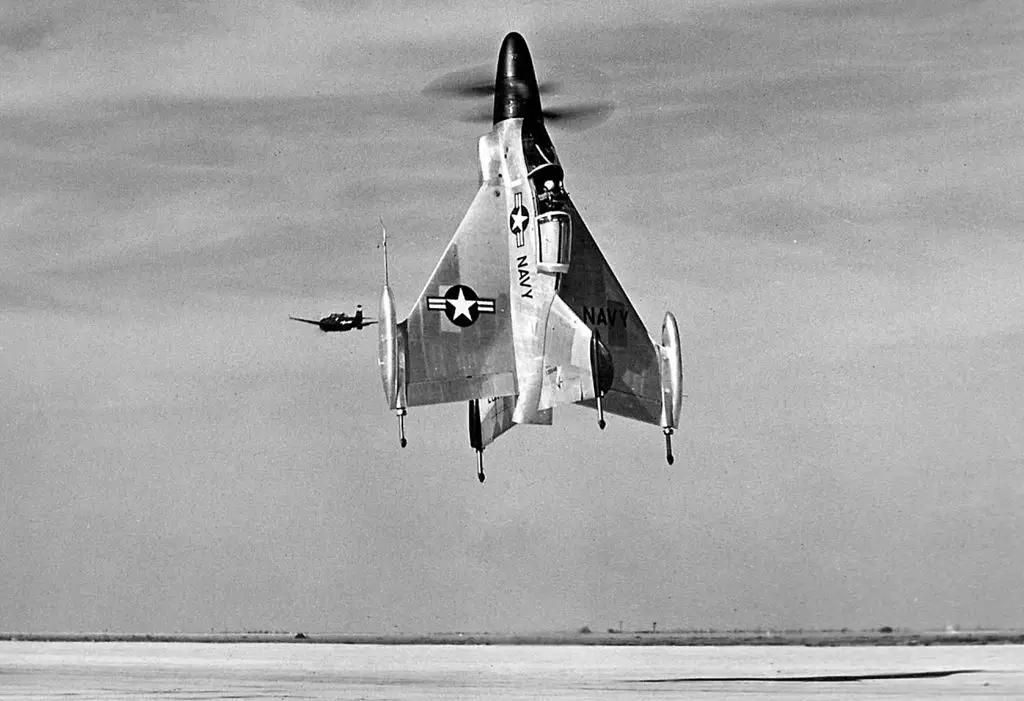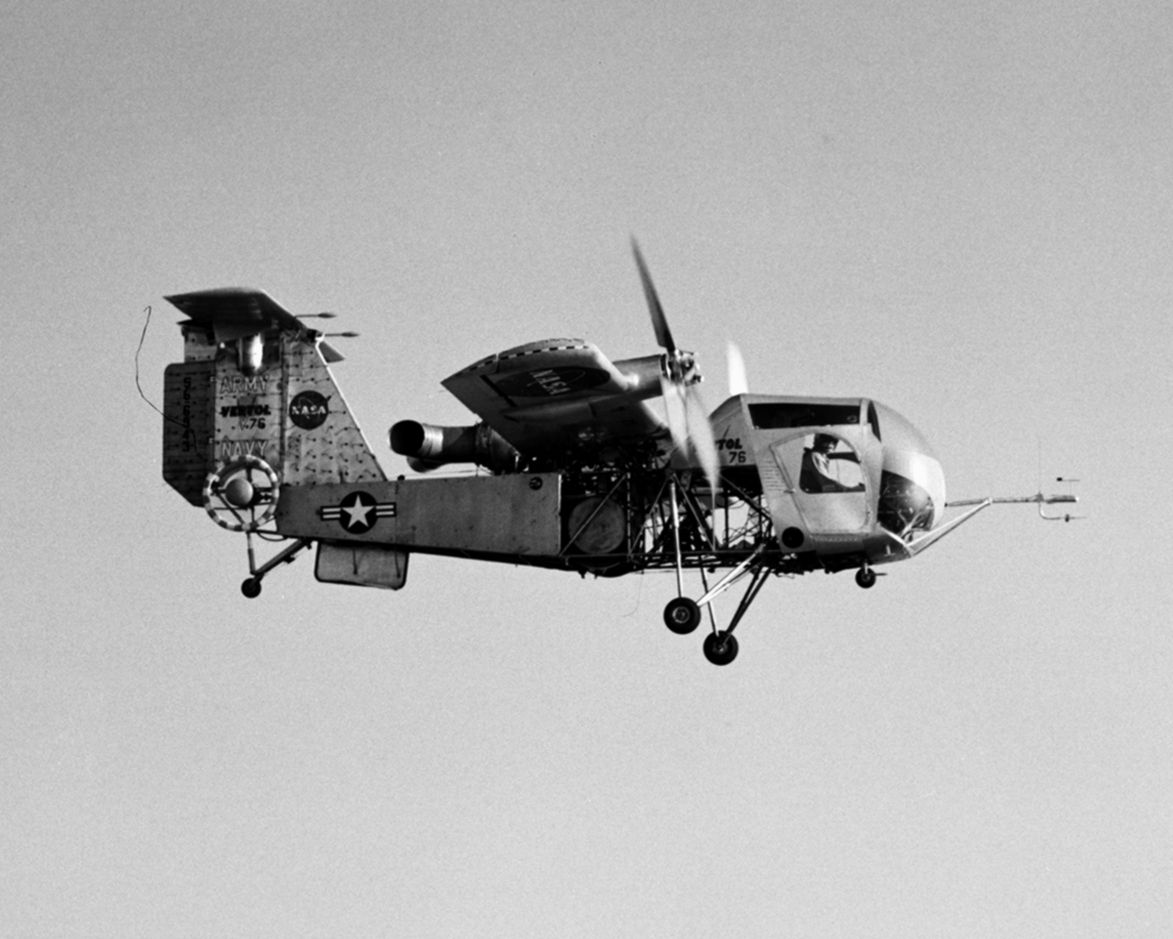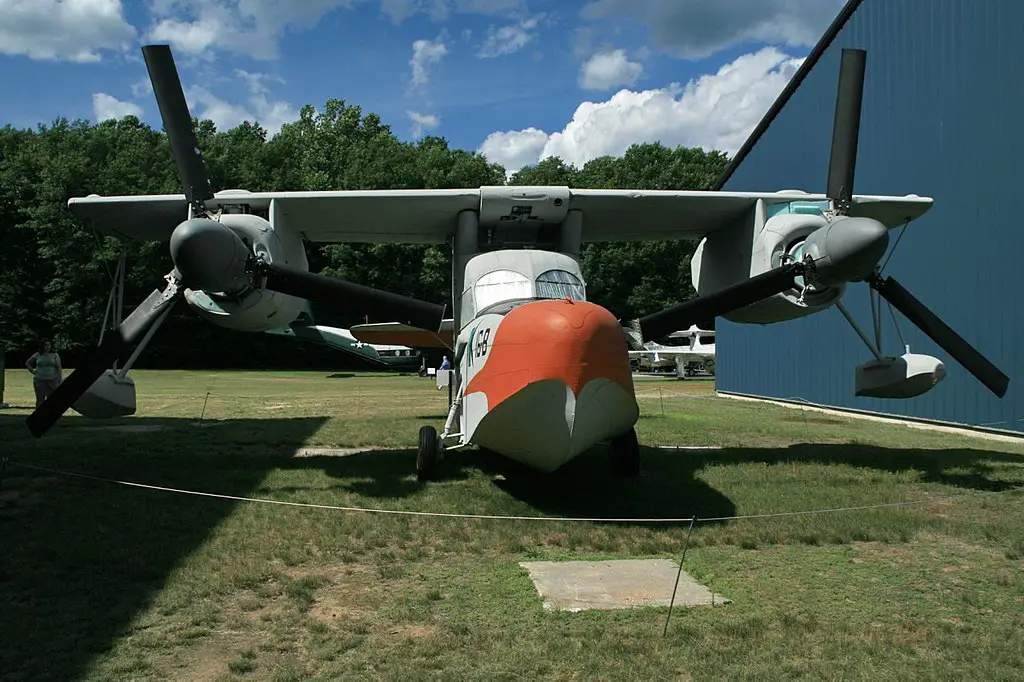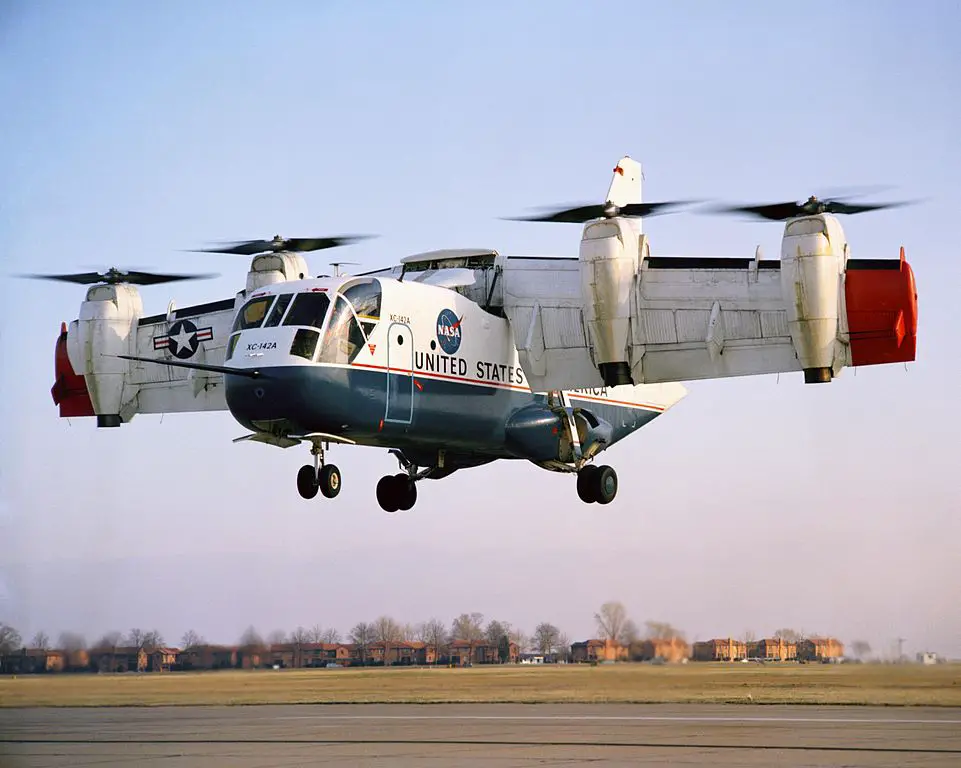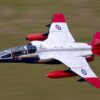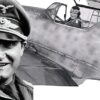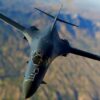The entire history of vertical takeoff and landing (VTOL) aircraft pretty much comes down to figuring out what part of an aircraft should change its direction from vertical to horizontal once it has gotten into the air and is ready for level flight.
It can be the whole airframe, as was the case with the numerous tailsitters designed in the 1950s, the engine’s exhaust nozzles, such as those of Sea Harrier jump jets, or the engines themselves, as is the case with V-22 Osprey tiltrotor. What else is there to turn? The wings, of course. That’s the answer Stanley Hiller Jr came up with designing his X-18 tilt wing aircraft in late 1950s.
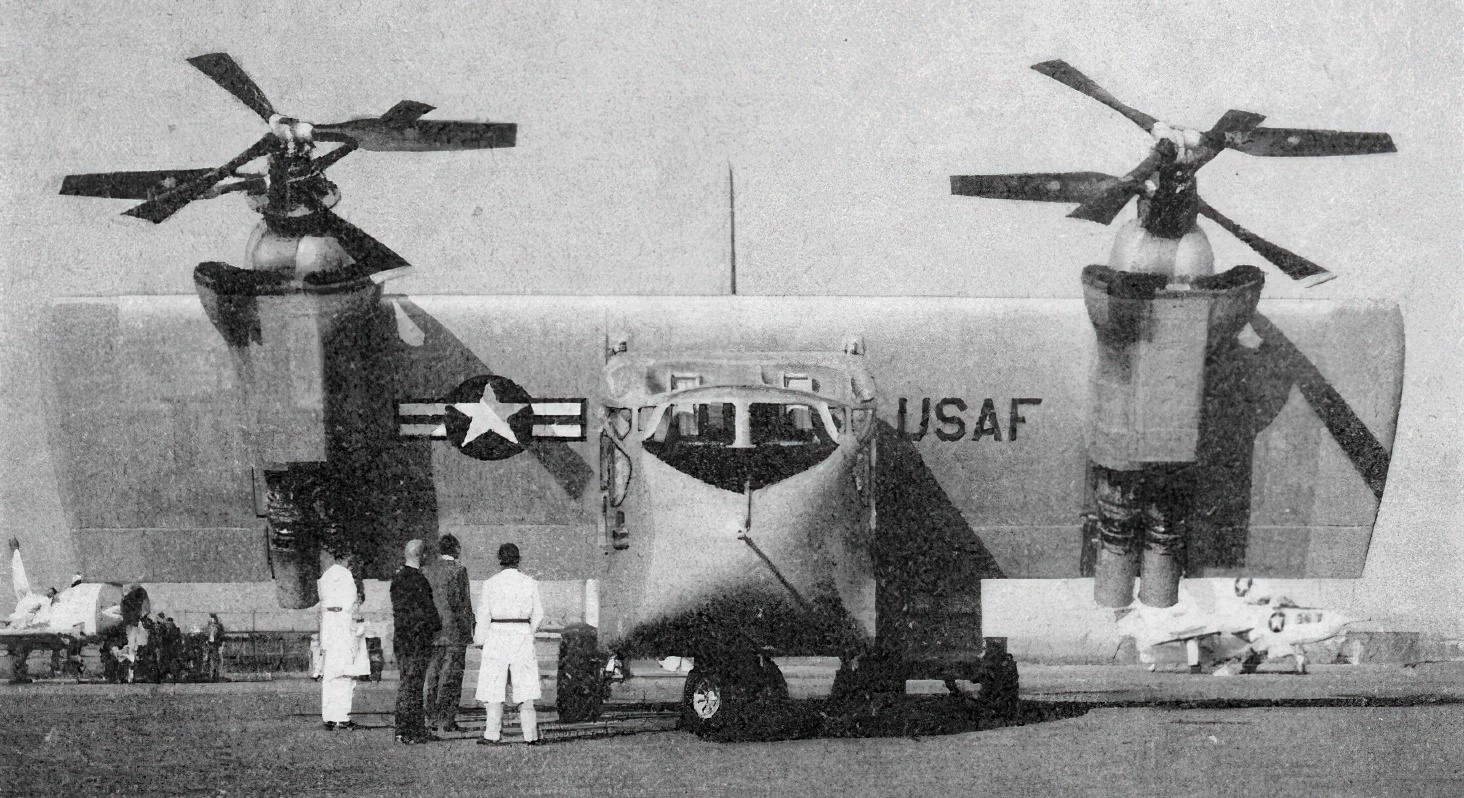
The largest VTOL aircraft of its time
The work on X-18 started in early 1957 after the US Air Force awarded the Hiller Aircraft Company a contract to design and build a tilt wing transport aircraft. As this was essentially a testbed the X-18’s creators cannibalized a Chase YC-122C Avitruc for a fuselage and Lockheed XFV-1 and Convair XFY-1 Pogo tail-sitters to get the turboprops.
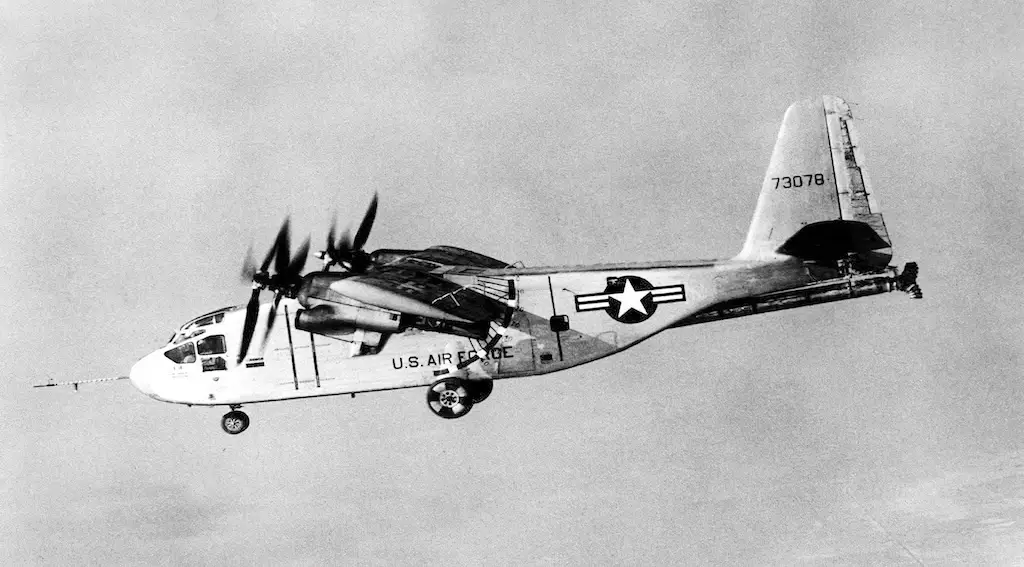
The aircraft received huge 16 ft contra-rotating propellers, which earned it a nickname “Propelloplane.” Along with the two turboprops mounted on its wings, the X-18 was also equipped with a third powerplant. A 3,400 lbf turbojet in the aft fuselage featuring a pipe with an up-and-down diverter valve provided the aircraft’s pitch control. The wing rotated using a pair of hydraulic pistons. With a maximum takeoff weight of 33,000 lb the X-18 was the largest VTOL aircraft of its time.
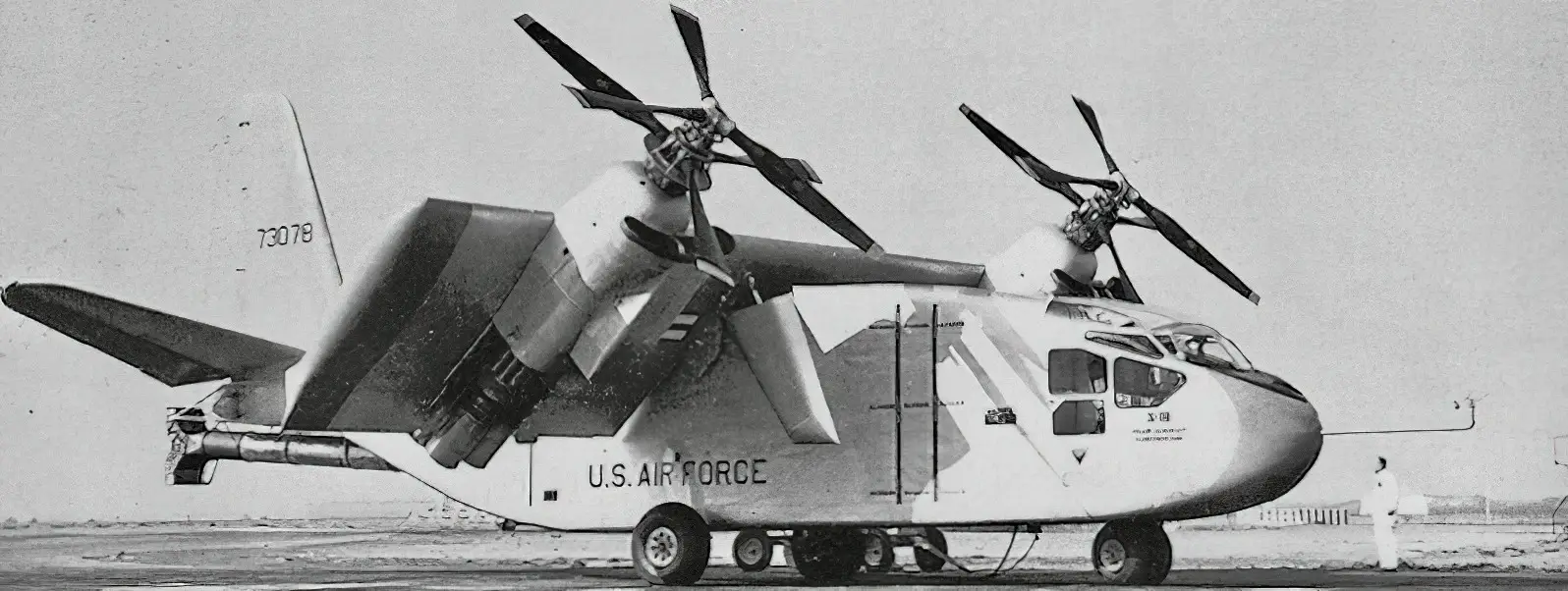
Safety issues
The X-18’s flight tests started in November 1959. Its performance was not bad, but still far from desirable. Among the problems was that in a windy weather the rotating wing would act like a sail, making the aircraft extremely susceptible to wind gusts. The only X-18 prototype was grounded in 1961 following a dangerous situation during its 20th flight.
The aircraft spun out of control when switching into the hover mode and nearly crashed. The crew managed to regain control and land safely, but further flights were suspended. In the following years ground tests continued, including with the use of specially built VTOL test stand. In 1964, after being damaged by a test stand failure, the aircraft was finally scrapped.
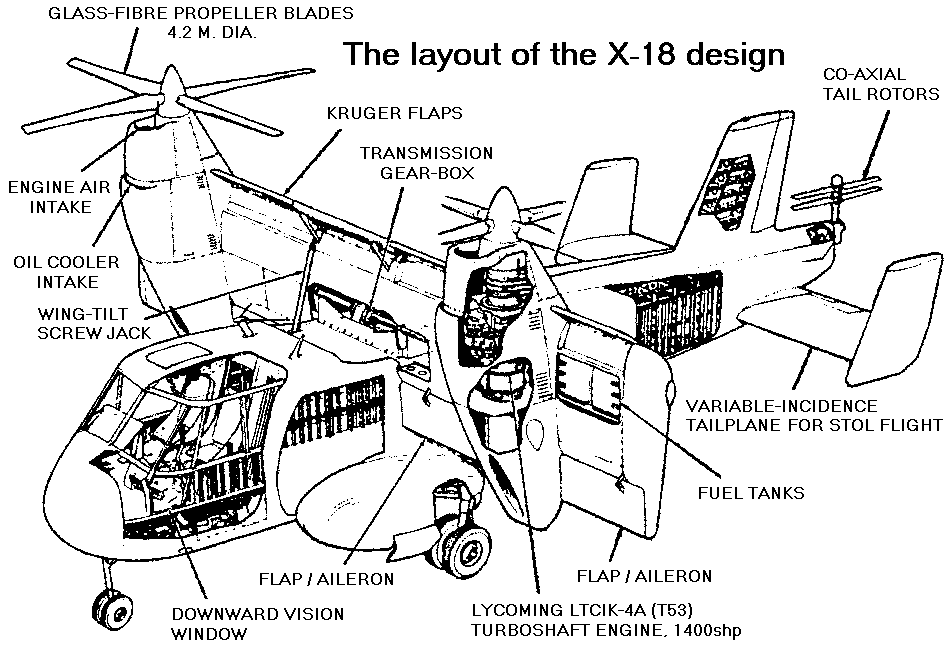
Groundwork laid
The X-18 was not the only tilt-wing aircraft ever constructed. Around the same time were built such machines as Vertol VZ-2, Kaman K-16B, and Ling-Temco-Vought (LTV) XC-142. The latter flew in 1964 and its design benefited from the experience gained during the X-18 testing, making it a much more viable aircraft.
Of course, none of those tiltwings proceeded beyond the prototype stage. However, they laid the groundwork for later successful designs, such as the Bell Boeing V-22 Osprey, which is now a mainstay of the US Marine Corps.

